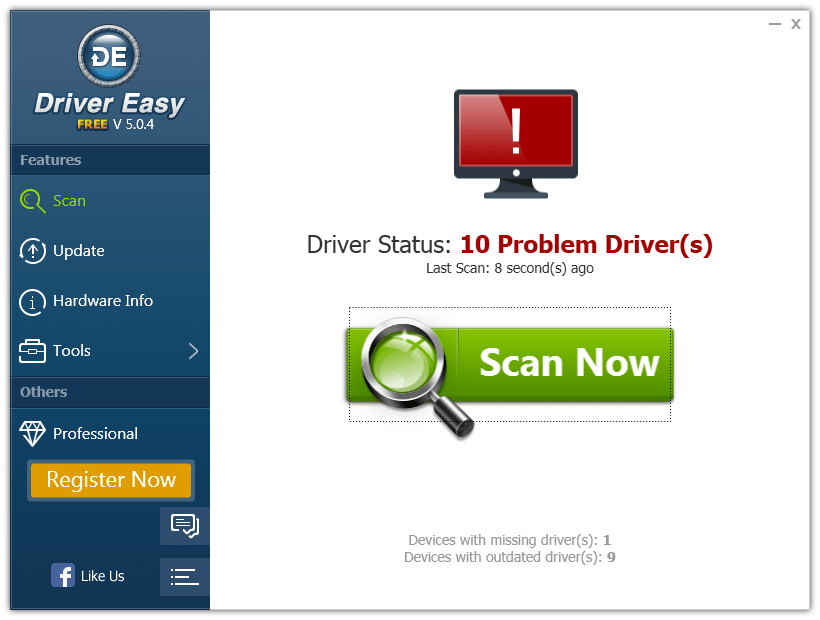


If you’re performing your own updates, you first need to find your graphics driver and identify its model and manufacturer.

If you haven’t been keeping your drivers current, you’re likely overdue for an update.įortunately, the process for updating your graphics drivers, audio drivers, and all your other drivers is largely the same. To summarize, if you play games on your PC, perform graphics-intensive tasks, or experience lower FPS in games, installing the latest graphics drivers for your GPU can help you make the most out of your resources and improve the overall graphics performance.Hardware manufacturers frequently issue updates for their drivers to ensure your PC components deliver optimal performance. After setting up your new PC, make sure to install pending Windows updates to fix issues with a lower resolution display or integrated graphics failing to work. Missing updates for integrated graphics can also result in errors during gameplay.įortunately, for Intel UHD or Xe graphics users, Microsoft bundles a newer version of its display drivers with Windows updates. However, new laptops with integrated graphics usually don't have up-to-date display drivers, resulting in lower resolution output. Intel's update for its integrated GPUs may not be as substantial due to the significant difference between a dedicated and integrated GPU. AMD and Nvidia keep pushing new updates that include performance improvements, bug fixes, and new features. Updating your graphics driver allows you to benefit from your GPU manufacturer's latest performance improvements.


 0 kommentar(er)
0 kommentar(er)
